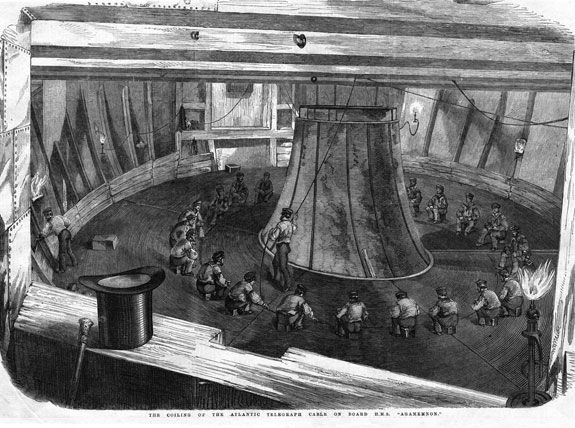Notes
1
Douglas Crimp, On the Museum’s Ruins (Cambridge, MA: MIT Press, 1993), 58.
2
Hans Ulrich Obrist, “In Conversation with Julian Assange, Part I,” e-flux journal 25 (May 2011). See →.
© 2013 e-flux and the author
